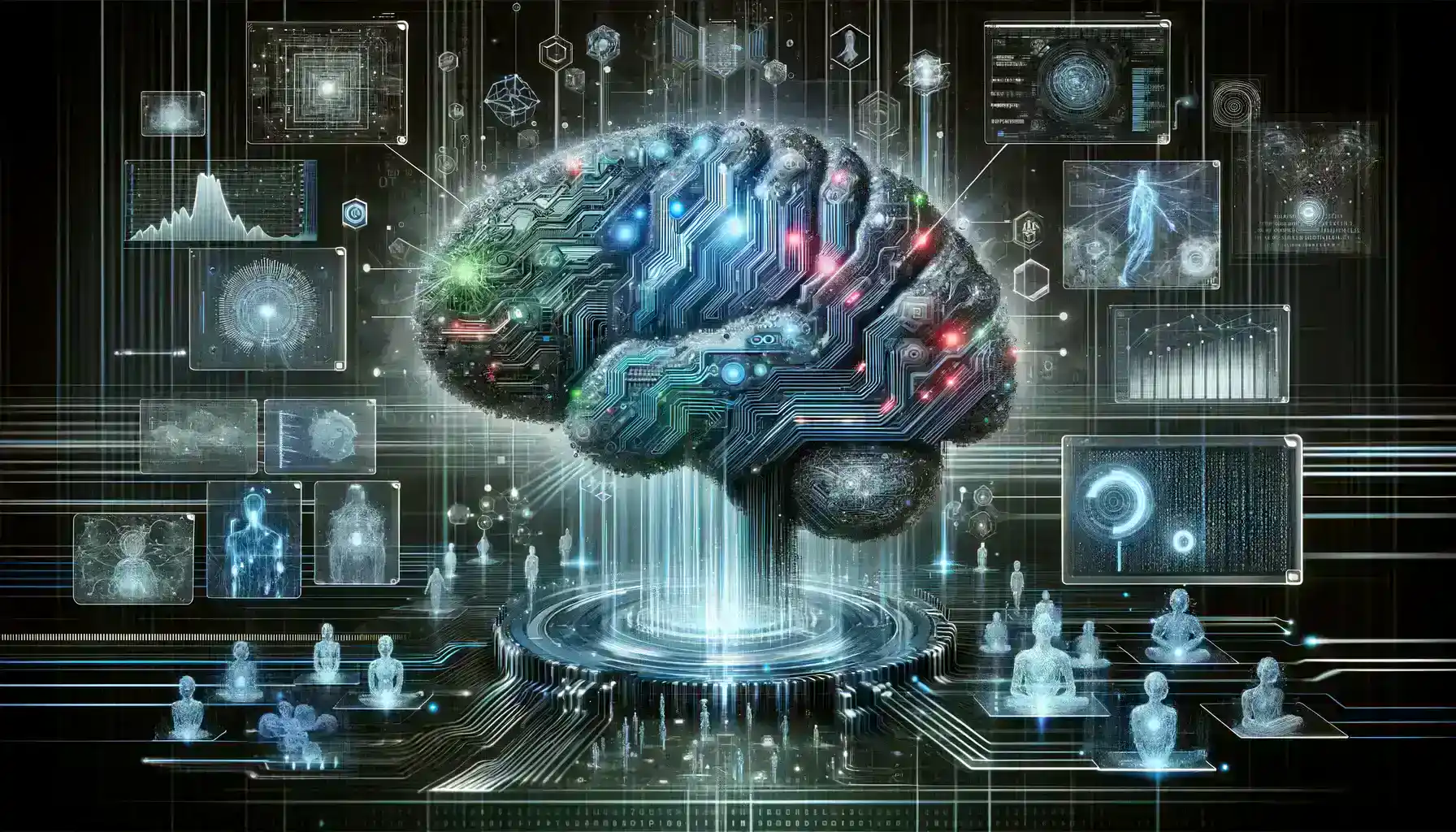Table of Contents
The tech world has been rocked by recent events at OpenAI, a pioneering AI technology company. These developments began with the sudden removal of CEO Sam Altman by the company’s board, comprised of prominent figures like Adam D’Angelo, Tosha McCauley, Ilya Sutskever, and Helen Toner. Following this, there was a flurry of negotiations, including an offer from Microsoft inviting Altman to lead a cutting-edge AI research team.
During this tumultuous period, nearly 700 of OpenAI’s 770 employees issued an open letter pledging their allegiance to Sam Altman. They threatened to quit and join Microsoft if the existing board was not dissolved and Altman was not reinstated. Altman’s removal had triggered intense speculation, with potential reasons ranging from disagreements with board members over product direction, issues related to consistent communication, and divergent opinions on AI safety.
Amidst these unfolding events, rumors have surfaced regarding a powerful AI model ominously named “Q*,” which may have played a pivotal role in the upheaval at OpenAI. It’s important to note that there’s some ambiguity surrounding whether the board received a letter from staff researchers, as some sources have denied its reception.
The Genesis of Q and AGI

Earlier this year, a team led by OpenAI’s chief scientist, Ilya Sutskever, achieved a significant breakthrough in the field of AI. This breakthrough paved the way for the development of a groundbreaking model named Q* (referred to as Q-star). Q* demonstrated the remarkable ability to solve fundamental mathematical problems independently, even those not present in its training data. This achievement marked a significant stride toward the realization of Artificial General Intelligence (AGI), a hypothetical form of AI capable of performing any intellectual task as competently as the human brain.
Q’s Capabilities
Q* essentially operates as an algorithm with the remarkable capacity to independently solve elementary mathematical problems, showcasing advanced reasoning abilities akin to human thinking. This milestone was credited to Sutskever and further refined by Szymon Sidor and Jakub Pachoki. The model’s capabilities were described as groundbreaking, as it exemplified advanced reasoning skills similar to those exhibited by humans.
A Collaborative Effort
Reportedly, this breakthrough was part of a larger initiative undertaken by a team of AI scientists formed by merging the Code Gen and Math Gen teams at OpenAI. This team was dedicated to enhancing AI models’ reasoning capabilities, particularly for scientific tasks.
Concerns Surrounding Q
The letter from researchers expressed apprehensions regarding Q*’s potential to expedite scientific progress and questioned the adequacy of safety measures implemented by OpenAI. It also underscored the model’s capacity to pose a threat to humanity. This concern appears to be a significant factor that led to Sam Altman’s removal from his position as CEO.
Sam Altman’s Allusion
Interestingly, Altman had alluded to the development of this model during a prior interaction at the APEC CEO Summit. His comments regarding a recent technological advancement that pushed the boundaries of knowledge have been widely interpreted as references to this groundbreaking model.
Potential Threats Posed by Project Q
Several reasons contribute to the perception of Project Q* as a potential threat to humanity:
1. Advanced Logical Reasoning and Understanding of Abstract Concepts: Q*’s unique ability for logical reasoning and comprehension of abstract concepts represents a monumental leap in AI capabilities. However, this also introduces the possibility of unpredictable behaviors or decisions that humans may struggle to anticipate.
2. Integration of Deep Learning and Programmed Rules: Q*’s nomenclature implies a fusion of established AI techniques like Q-learning and A* search. This integration of deep learning with human-programmed rules enhances the model’s versatility and power, making it challenging to control or predict.
3. Progress Towards AGI: Project Q* marks a significant stride towards achieving Artificial General Intelligence, a concept that has stirred debates within the AI community. AGI could potentially surpass human abilities in various domains, posing challenges related to control, safety, and ethical considerations.
4. Generation of New Ideas: Q* has the potential to generate novel ideas and proactively address problems before they occur. However, this capability might lead to AI making decisions or taking actions beyond human comprehension or control.
5. Unintended Consequences and Misuse: The advanced capabilities of Q* raise concerns about potential misuse or unforeseen consequences. In the wrong hands, an AI of this magnitude could pose a significant threat to humanity, even if deployed with benevolent intentions.
The Reinstatement of Sam Altman
In a remarkable turn of events, Sam Altman was reinstated as OpenAI’s CEO just five days after his abrupt termination on November 17th. This swift reinstatement coincided with the replacement of the board that had originally fired him.
The Significance of Project Q
According to Reuters, many within OpenAI consider ‘Q*’ (Q-Star) to be a groundbreaking development in the quest for ‘artificial general intelligence’ (AGI). OpenAI defines AGI as autonomous systems that can outperform humans in most economically valuable tasks.
Mira Murati, OpenAI‘s Chief Technology Officer (CTO), had acknowledged the existence of Q* in an internal email to employees, although she refrained from commenting on the accuracy of media reports.
Exploring AGI Abilities:
While the reported capabilities of AGI remain unverified, it is believed that Q* possesses the capacity to solve specific mathematical problems. Unlike a mere calculator, AGI can generalize, learn, and comprehend, enabling it to handle a broader range of operations.